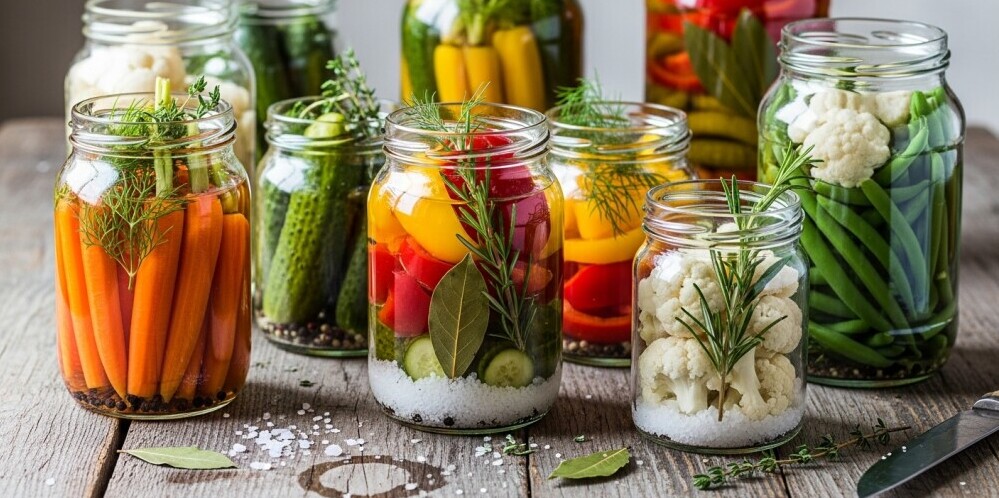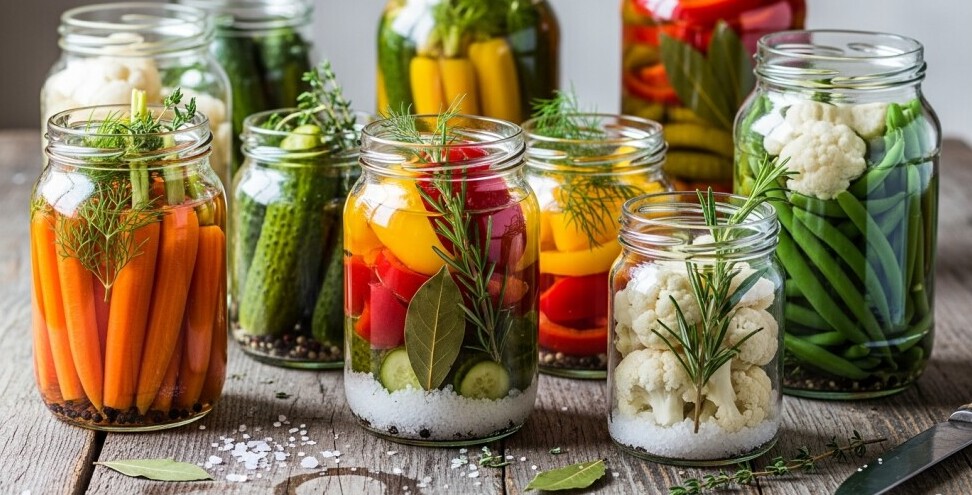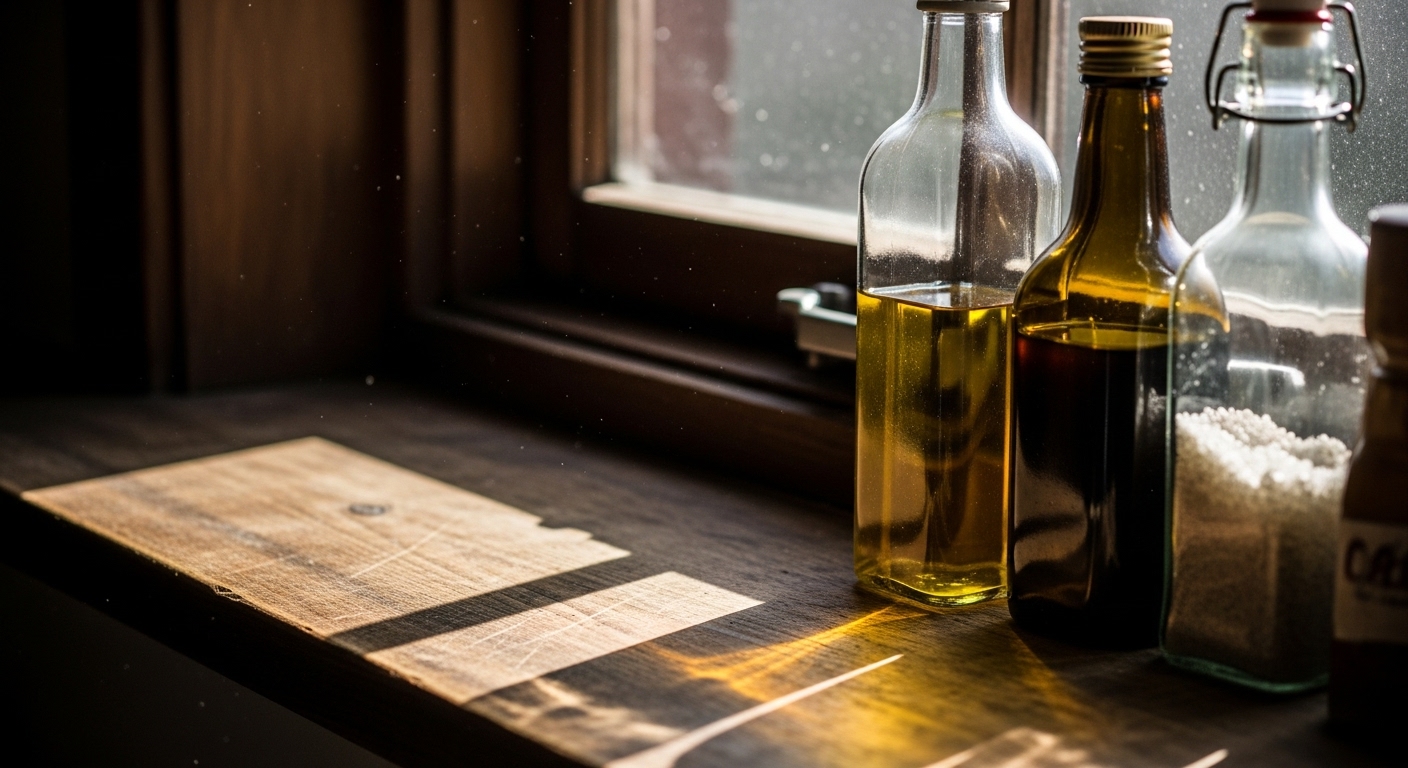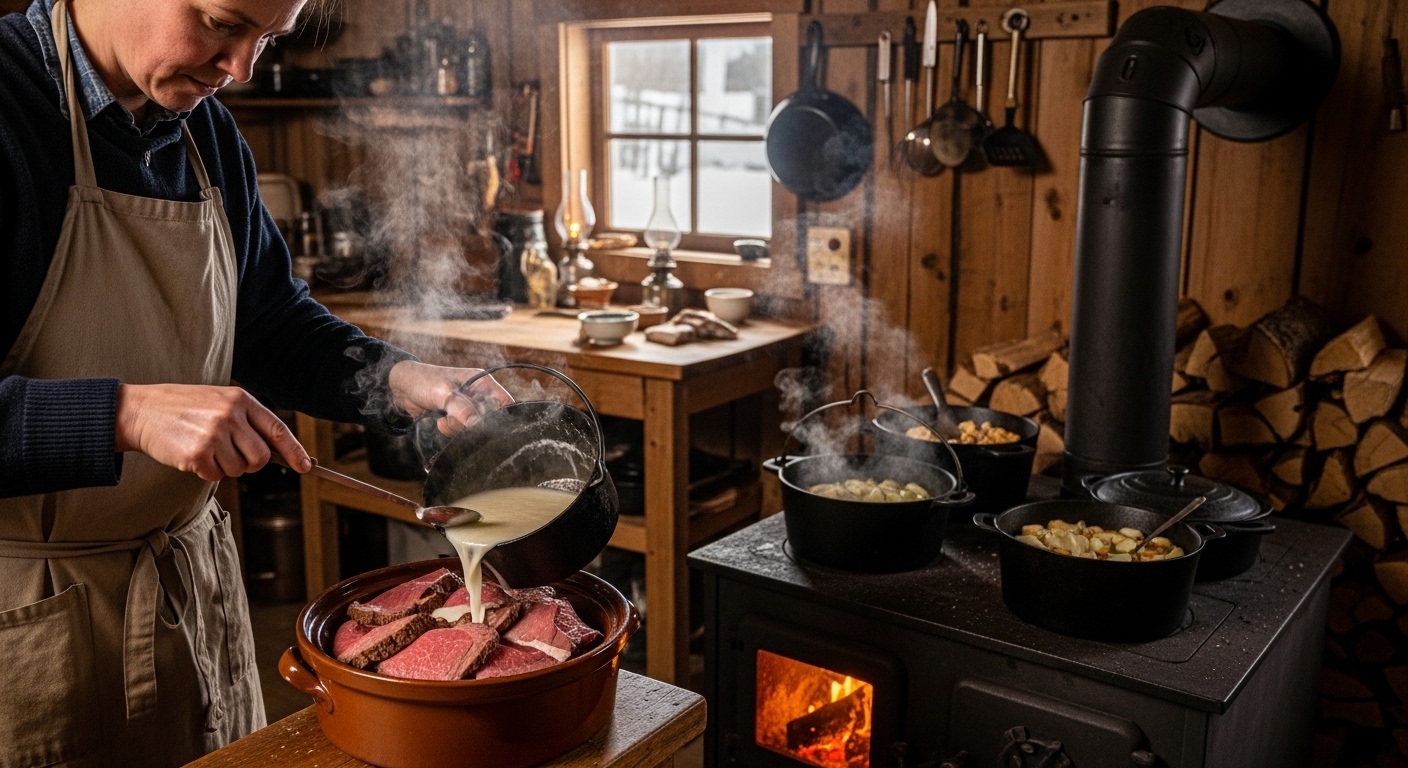Salt has been called “white gold” for centuries because of its remarkable power to preserve food. Long before refrigeration, salt kept entire civilizations alive through harsh winters and long journeys.

Ancient Chinese and Roman civilizations used salt to cure meat and fish, extending their shelf life for months. In the cold Nordic regions, people combined salting and air-drying to create lutefisk—a staple of winter survival. Meanwhile, Egyptians relied on salt and natron not only for mummification but also for preserving food for the afterlife.
When food is salted or brined, moisture is drawn out through osmosis, creating an environment where bacteria can’t thrive. This process prevents spoilage while concentrating flavors, giving foods that delicious tang or savoriness we still crave today.
From olives and sauerkraut to smoked hams and pickles, the tradition of salting continues across the world. Today, homesteaders and gardeners still use salt brining to preserve harvests naturally—without refrigeration or electricity.
🥒 5 Time-Tested Salt & Brine Preservation Recipes
1. Classic Sauerkraut
Ingredients:
- 1 medium cabbage (about 2 lbs)
- 1 ½ tbsp sea salt
Instructions:
Shred cabbage finely and mix with salt. Massage until juices form. Pack tightly into a crock or jar, ensuring brine covers the cabbage. Weigh it down and ferment 1–4 weeks at room temperature until tangy.
2. Brined Pickles
Ingredients:
- 4 cups water
- 2 tbsp sea salt
- 4 small cucumbers
- 2 garlic cloves, dill, peppercorns
Instructions:
Dissolve salt in water. Place cucumbers and seasonings in a jar, cover with brine, and seal loosely. Leave at room temperature for 3–5 days, then refrigerate.
3. Salt-Cured Lemons
Ingredients:
- 5 organic lemons
- ½ cup sea salt
Instructions:
Quarter lemons lengthwise but keep base intact. Rub inside with salt, press into jar, and sprinkle remaining salt between layers. Store 3–4 weeks, shaking occasionally. Use for marinades or tagines.
4. Salted Fish (Traditional Style)
Ingredients:
- 2 lbs white fish fillets
- 1 cup coarse salt
Instructions:
Layer fish and salt alternately in a glass dish. Refrigerate for 24 hours, then rinse and dry. Store covered in olive oil or vacuum seal for longer storage.
5. Fermented Green Beans
Ingredients:
- 1 lb green beans
- 1 tbsp sea salt per 2 cups water
Instructions:
Pack beans tightly in jar. Dissolve salt in water and pour over beans to cover. Weight down and ferment for 5–7 days. Store in fridge once tangy.
Why Salt Preservation Still Matters Today
In our modern kitchens, these timeless preservation methods continue to shine. Salt brining not only extends shelf life but enhances flavor and retains nutrients without relying on artificial additives. For off-grid living or sustainable homesteads, this is an essential skill—one that connects us directly to the wisdom of ancient food keepers.
Part of the “Ancient Preservation Series” — explore other traditional methods to keep your harvest fresh naturally.
© 2025, admin. All rights reserved.










